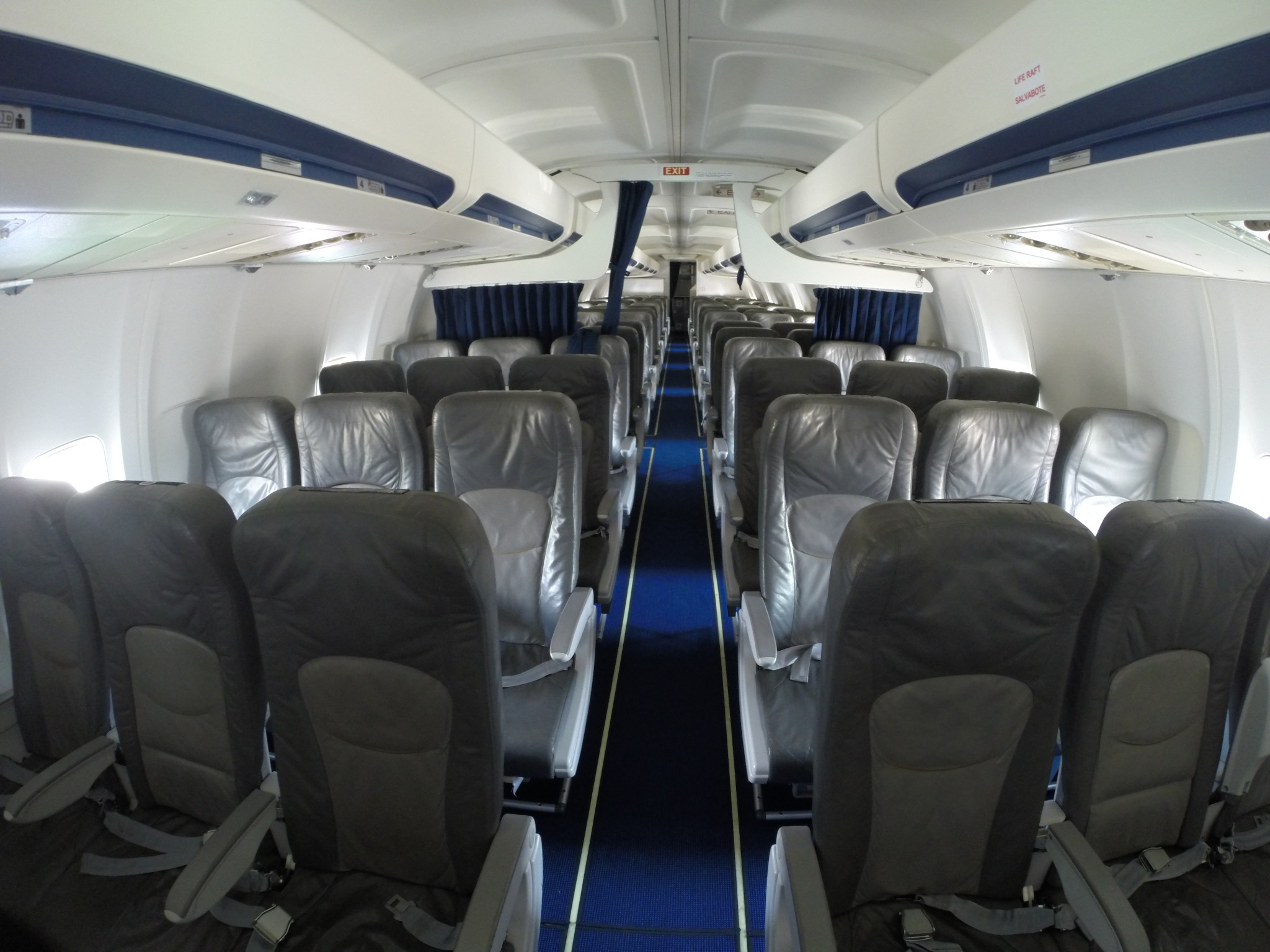

Maximum Range: 1520nm (2815km)
Typical Cruise Speed at 35,000 feet: 795km/h (430 knots)
DIMENSIONS:
Wing Span : 28.88m (94ft 9in)
Overall Length : 31.01m (101ft 9in)
Tail Height: 11.13m (36ft 6in)
Wing area 105.4m2 (1135 sq ft).
The Boeing 737 Classic is the -300/-400/-500 series of the Boeing 737, so named following the introduction of the -600/-700/-800/-900 series. They are short- to medium- range, narrow-body jet airliners produced by Boeing Commercial Airplanes. The Classic series was introduced as the ‘new generation’ of the 737. Produced from 1984 to 2000, 1,988 aircraft were delivered.
The -500 series was offered, due to customer demand, as a modern and direct replacement of the 737-200, incorporating the improvements of the 737 Classic series in a model that allowed longer routes with fewer passengers to be more economical than with the 737-300. The fuselage length of the -500 is 1 ft 7 in (47 cm) longer than the 737-200, accommodating up to 132 passengers. Both glass and older style mechanical cockpits arrangements were available. Using the CFM56-3 engine also gave a 25% increase in fuel efficiency over the older -200s P&W engines.
The 737-500 was launched in 1987, by Southwest Airlines, with an order for 20 aircraft, and flew for the first time on 30 June 1989. A single prototype flew 375 hours for the certification process, and on February 28, 1990 Southwest Airlines received the first delivery. The 737-500 has become a favorite of some Russian airlines, with Nordavia, Rossiya Airlines, S7 Airlines, Sky Express, Transaero, and Yamal Airlines all buying second-hand models of the aircraft to replace aging Soviet-built aircraft and/or expand their fleets. Aerolíneas Argentinas replaced its 737-200s with second-hand 737-500s. The 737-500 is now replaced by the 737-600 in the Boeing 737 Next Generation family. However, unlike the 737-500, the 737-600 has been a slow seller for Boeing since its introduction, with only 69 aircraft delivered.
As the retirement of all 737 Classic models has accelerated, with retirement of 300s and -500s climbing 40% in 2012, the 737-500 has fared worse because of its smaller size. Aircraft older than 21 years old are being retired (vs. at least 24 years old for the 737-300). While a few 737-300s are slated for freighter conversion, there is no demand at all for a -500 freighter conversion.